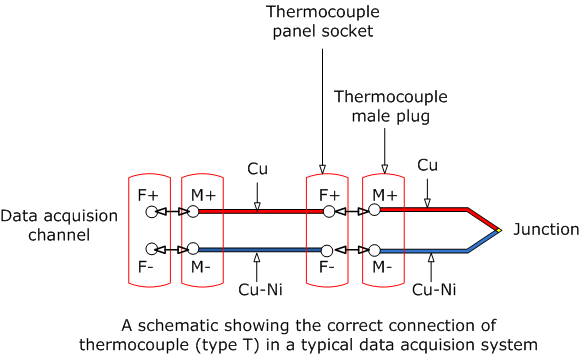For those who are interested to compute water droplet shape on a horizontal surface at different contact angles, this is what is the post about.
The method simply is to assume that we have originally a spherical water droplet (in air) of certain radius. Then we are going to assume that this droplet will take the shape of a truncated sphere of new radius when it is in contact with a horizontal surface. Simply, the volume of the original sphere is the same as the volume of the truncated sphere.
I used the following system of equations:
Since the equations used can't be solved by separation of variables, so it easy to solve it using Newton-Raphson method which is an iterative method. For this reason, I used Engineering Equation Solver EES for solving the system of equations.
The following are the variable information (see the initial guess values and the variable limits which are useful to make the system convergent)
So, now, you can easily simulate a water droplet at any value of contact angle (see image below).
The method simply is to assume that we have originally a spherical water droplet (in air) of certain radius. Then we are going to assume that this droplet will take the shape of a truncated sphere of new radius when it is in contact with a horizontal surface. Simply, the volume of the original sphere is the same as the volume of the truncated sphere.
I used the following system of equations:
Since the equations used can't be solved by separation of variables, so it easy to solve it using Newton-Raphson method which is an iterative method. For this reason, I used Engineering Equation Solver EES for solving the system of equations.
The following are the variable information (see the initial guess values and the variable limits which are useful to make the system convergent)
So, now, you can easily simulate a water droplet at any value of contact angle (see image below).



















